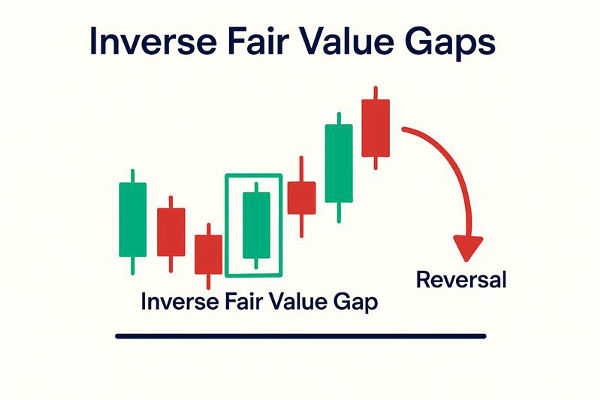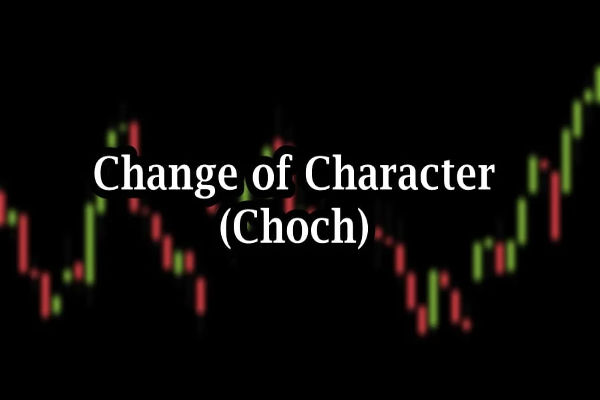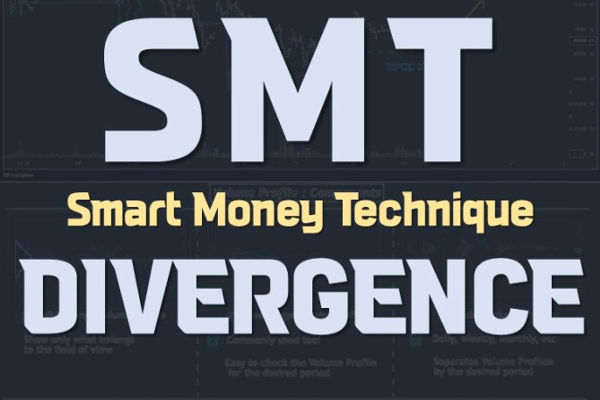The Smart Money Concepts (SMC) trading strategy has gained significant popularity among advanced traders, largely due to the work of Michael Huddleston, founder of Inner Circle Trader (ICT).
SMC differentiates itself from many technical trading approaches by focusing on price action, market structure, and institutional reasoning rather than depending on lagging indicators.
This comprehensive guide outlines the fundamental principles of SMC, examines its functioning, and details the methods traders use to adopt its strategy.
What Is the SMC Trading Strategy?
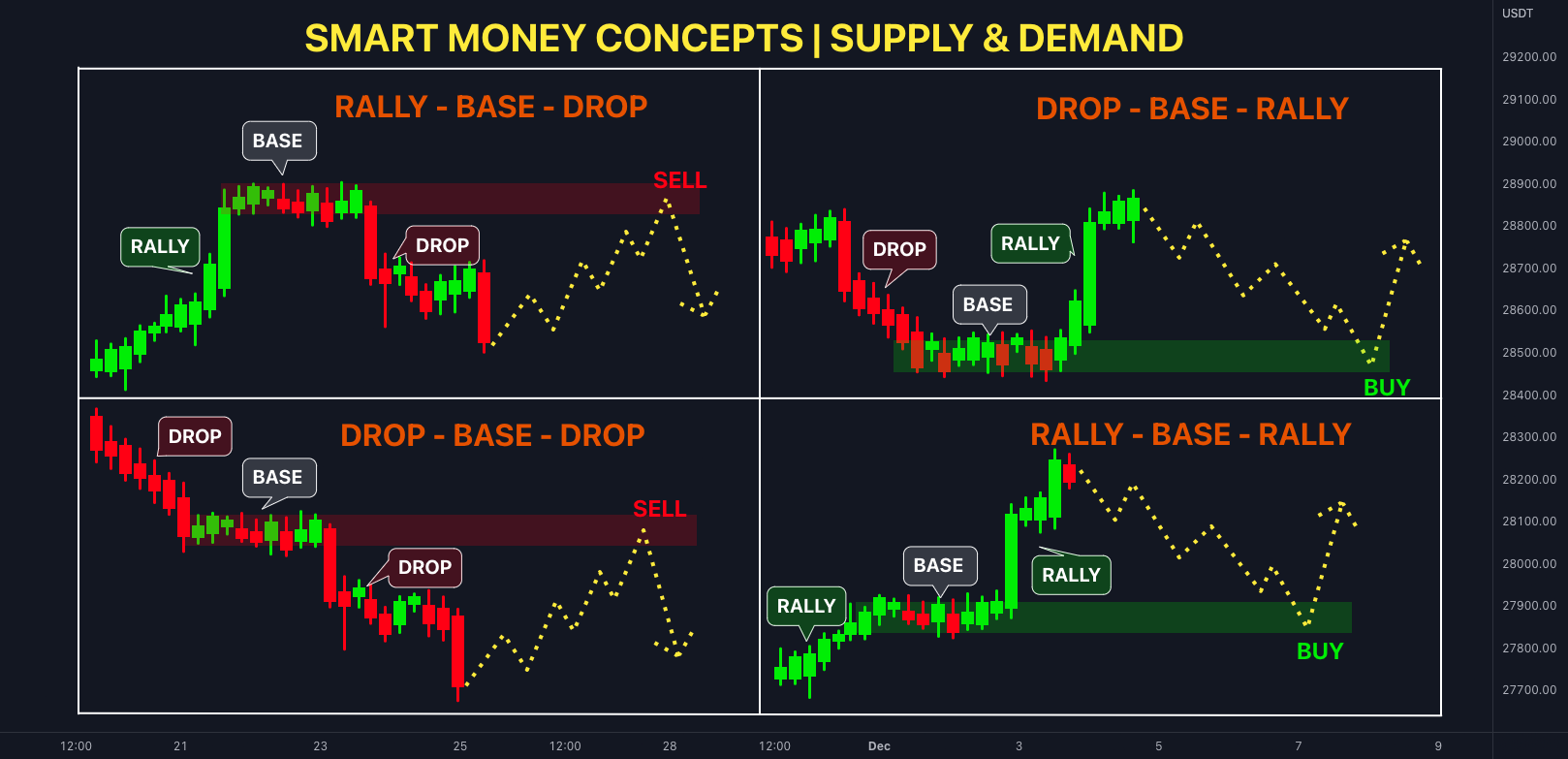
Smart Money Concepts, often referred to simply as SMC, is a structured trading methodology that focuses on understanding and following institutional order flow.
Unlike traditional technical approaches that often rely on indicators, SMC interprets price action in terms of order blocks, price structure, and liquidity mechanics. Its framework enables traders to speculate alongside the deep-pocketed institutions manipulating major price movements.
SMC is grounded in the idea that when you spot institutional footprints—like consolidation before explosive breakouts, you can trade with much higher conviction.
The Key Pillars of SMC Trading Strategy
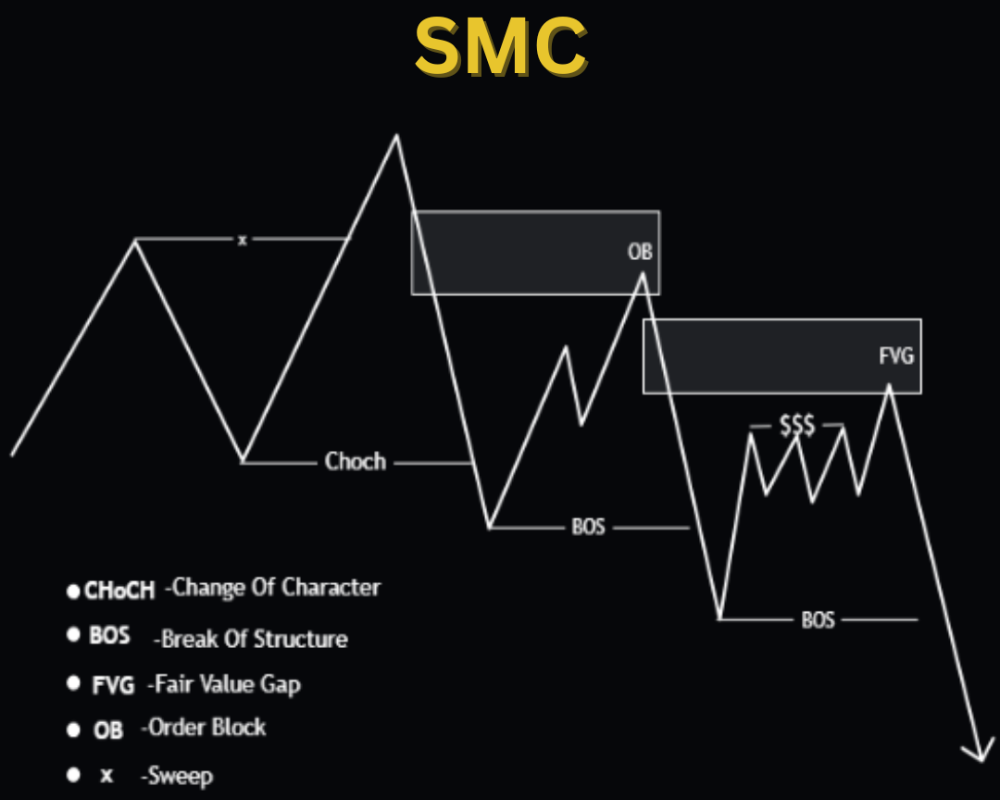
At the heart of Smart Money Concepts are several key structural elements.
1. Order Blocks
2. Breaker Blocks
Invalidated order blocks where price breaks through, often flipping roles (support ↔ resistance)
3. Breaks of Structure (BOS)
When price moves above a recent swing high or below a swing low, it signals a potential trend change.
4. Change of Character (ChoCH)
A quick market reversal indicates a potential shift from one phase to another.
5. Fair Value Gaps (FVG)
Price inefficiencies where rapid movement leaves gaps; the market often revisits these zones
6. Liquidity Grabs & Mitigation Blocks
How Does the SMC Strategy Work?
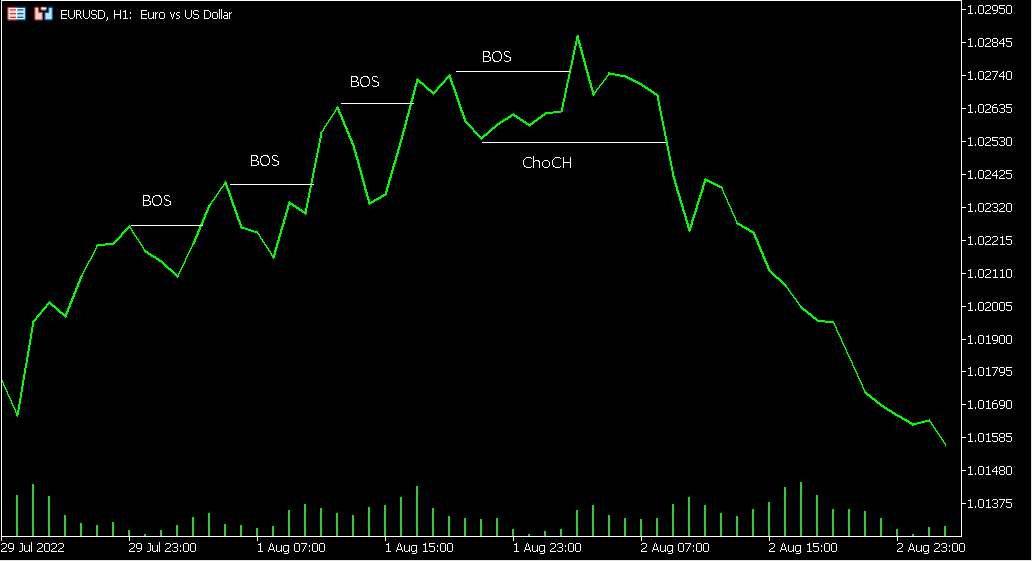
SMC is a process-oriented trading method with four key steps:
1) Identify Market Structure
Evaluate daily/weekly charts to determine trend or range
2) Mark Zones
Plot order blocks, fair value gaps, and breaker blocks on the chart
3) Wait for Liquidity Events
Watch for BOS, ChoCH, or grabs near zones suggesting smart money involvement.
4) Enter with Confluence
Look for confirmation signals: bullish engulfing, volume increase, confluence with major session levels
A Practical Example of SMC in Action
Imagine a daily chart trending upward. Price forms a bullish order block between $100 and $102, then rallies to $110. Later, it retraces to $101.
Plot zone: $100–$102 order block
Wait: Look for BOS above $102 or a bullish candle in that range
Trigger: A bullish engulfing candle forms at $101 on a volume spike = entry
Stop: Set below $100; Target: previous swing high at $110
It is a classic SMC entry: trade aligned with institutional behaviour and structural context.
SMC vs Other Strategies

In many ways, SMC is a refined subset of price-action trading. Both approaches use order blocks or supply-demand zones. Traditional price action relies on recognisable candlestick patterns and support and resistance levels. SMC, however, adds institutional context, highlighting where major players likely operate and how they structure liquidity events.
This institutional perspective differentiates SMC. It explains why structures such as breaker blocks exist, which would otherwise appear as simple horizontal lines in price action analysis.
Moreover, SMC actively tracks traces of liquidity sweeps before reversals—a subtlety often overlooked by broader strategies.
Adapting SMC Across Markets and Timeframes
One advantage of SMC is its market versatility. It can be used in forex, equities, commodities, and futures. SMC zones can be applied across multiple timeframes—from short 15-minute periods to daily or weekly charts, allowing traders to sync setups with their time horizon and risk profile.
Traders may analyse zones on multiple timeframes (e.g., daily and one-hour) to ensure structural alignment. Some SMC elements, such as liquidity grabs or fair value gaps, might require volume data, making advanced platforms beneficial.
Benefits and Limitations of SMC
| Benefits of SMC |
Limitations of SMC |
| Helps traders align with institutional order flow, increasing trade accuracy |
Has a steep learning curve; beginners may struggle with complex concepts |
| Offers high-probability zones like order blocks and fair value gaps |
Can be time-consuming to analyze multiple zones across different timeframes |
| Provides a clear structure for trade entries, exits, and risk management |
Requires strong chart-reading skills and precise execution |
| Avoids lagging indicators by focusing on real-time price action |
May not perform well in news-driven or erratic markets |
| Works across multiple markets (forex, stocks, indices, crypto) |
Can be difficult to verify or backtest systematically due to discretionary elements |
| Encourages disciplined trading through structure and confirmations |
Mislabeling zones or BOS can lead to false setups and emotional decision-making |
Is SMC Trading Strategy Right for You?
Sceptics who prefer quick indicator-based systems may find SMC's multi-layered logic overwhelming. SMC rewards time spent developing chart understanding, patience in entry execution, and strict risk discipline.
If you value depth over speed, structural insights over indicators, and disciplined frameworks over guessing, SMC might be worth the effort.
Conclusion
In conclusion, the Smart Money Concepts strategy provides a strong foundation to synchronise retail trades with institutional actions. Its strength lies in structural clarity and disciplined entry and exit rules. But it requires dedication to mastering new terminology, chart analysis, and risk controls.
Like any approach, SMC is not foolproof. But it equips traders with a structured lens to interpret institutional footprints in the market, potentially unlocking higher-probability setups.
Disclaimer: This material is for general information purposes only and is not intended as (and should not be considered to be) financial, investment or other advice on which reliance should be placed. No opinion given in the material constitutes a recommendation by EBC or the author that any particular investment, security, transaction or investment strategy is suitable for any specific person.











